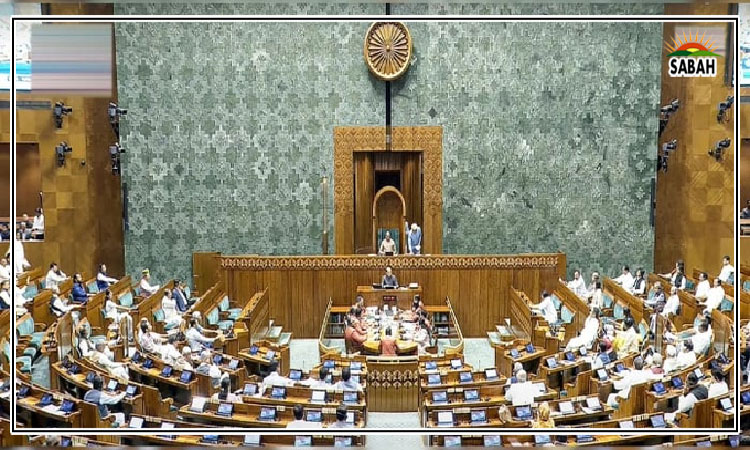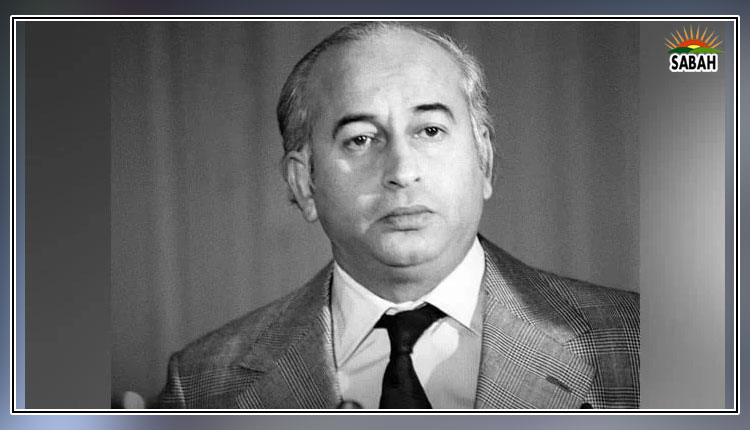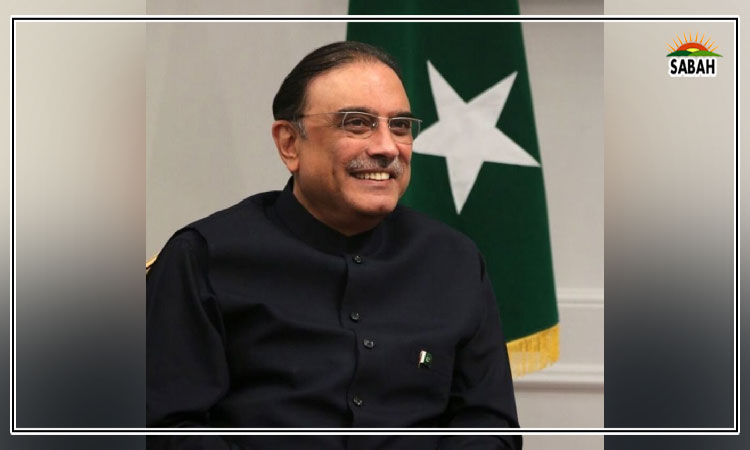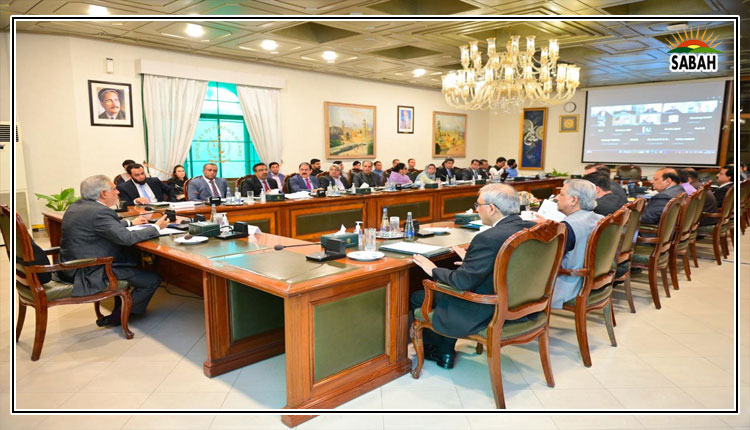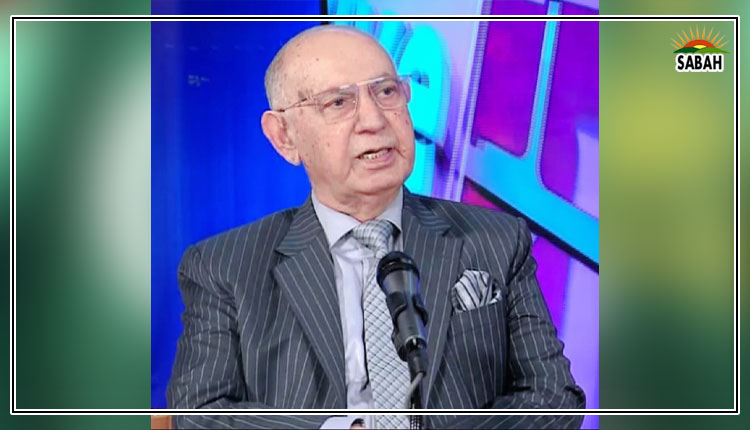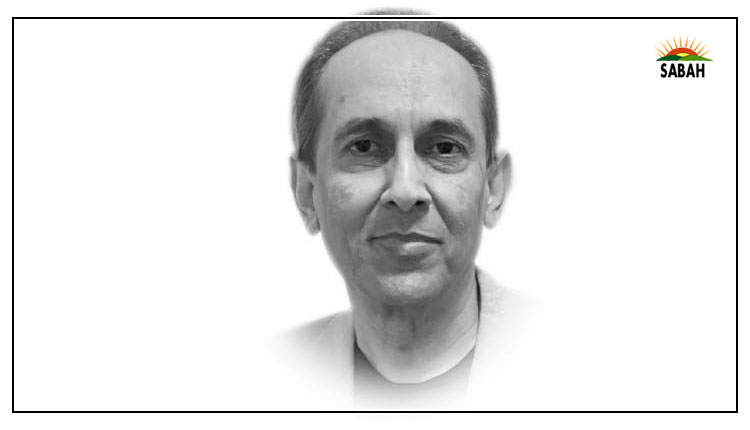Suo motu — are we done yet?…. Dr Baqar Hasnain
When the Justices of the Supreme Court make decisions purely on fact and law, independent of any pressure or influence from other branches of the government, or from any private or partisan interest, it is a beautiful thing to behold. Their unflinching passion and love for the supremacy of law reminds us of Shakespeares sonnet: Love alters not with his brief hours and weeks, but bears it out even to the edge of doom. Such an honourable judiciary is able to earn the trust and respect of every citizen of the state who pines for a just society. In the words of WB Yeats: I have spread my dreams under your feet; tread softly because you tread on my dreams.
From time to time, the honorable justices fail to tread softly. They are sometimes accused of administrating or legislating from the bench. Suo motu or suo moto means on its own motion. In Pakistan, the Supreme Courts liberal use of its suo-motu powers has become a hot-button issue. Whirlwinds of judicial activism, when morphed into judicial overreach, inevitably shake the foundations of democracy. Despite claims of benevolence, critics argue that judicial activism is often a masquerade or a guise to cover up partisan favours extended to political cronies. To make matters worse, military-judiciary alliances and backdoor negotiations in the dark of the night as alleged put a damper on the integrity of the judiciary and compromise the sanctity of the separation of powers. Justice Iftikhar Chaudhry, a stalwart who refused to acquiesce to the militarys wishes, was criticised for his partisan bias and judicial overreach. Same can be said of Justice Saqib Nisar whose dam fund (no pun intended) raised $40 million but ended up costing $63 million in advertising, as reported by The Economic Times.
A system of checks and balances is the cornerstone of democracy. An independent judiciary must abstain from political engineering such as helping or hurting a politician or a political party whether it is PML-N or PPP or PTI. The bedrock of our democracy, noted Caroline Kennedy, a US diplomat and daughter of former US president John F Kennedy, is the rule of law and that means we have to have an independent judiciary, judges who can make decisions independent of the political winds that are blowing.
At times, it is hard to decide between judicial activism and judicial restraint. The US Supreme Court consists of nine Justices. To accept or reject a petition, they use a Rule of Four: if at least four out of nine justices agree, the court grants a writ of certiorari. The court hears around 80 cases out of 7000-8000 petitions filed every year. Judicial restraint prevents the highest court from unnecessary interference in executive or parliamentary affairs or federal statutes unless a clear violation of the constitution has taken place.
Political activism met political restraint in Baker v Carr (1962) when a mayor of a town in Tennessee took his case against the state of Tennessee all the way to the Supreme Court complaining that the state had failed to reapportion its legislative districts despite a significant increase in population in the area as evidenced by the last census, and because of the failure of the state to redistrict the area, people are denied equal protection as guaranteed by the US Constitution. Even though it was a state legislative matter, the Supreme Court took up the case as it purportedly involved a violation of the US constitution. The case was decided in the mayors favour. However, the two dissenting judges stressed that the court should remain detached from political entanglements and abstain from injecting itself into the clash of political forces in political settlements.
Much like the highest court in Pakistan, the US Supreme Court has both appellate jurisdiction as well as original jurisdiction. However, its original jurisdiction is limited to cases such as those involving disputes between the states. Unless a Justice recuses himself from a case for a certain reason, all Justices of the US Supreme Court participate in all cases. According to the US Supreme Court Procedures, the Chief Justice invites all Justices to a Conference Room. After the petitions for certiorari are dealt with, the Justices begin to discuss the cases that were heard since their last Conference. All justices have an opportunity to state their views on the case being discussed. When each Justice is finished speaking, the Chief Justice casts the first vote, and then each Justice in descending order of seniority does likewise until the most junior Justice casts the last vote.
The Supreme Court procedures in Pakistan must allow for a smooth and collaborative atmosphere for Justices so they can dispense justice without fear or favor. Being good is easy, what is difficult is being just. Victor Hugo
Courtesy The Express Tribune, May 20th, 2023.


